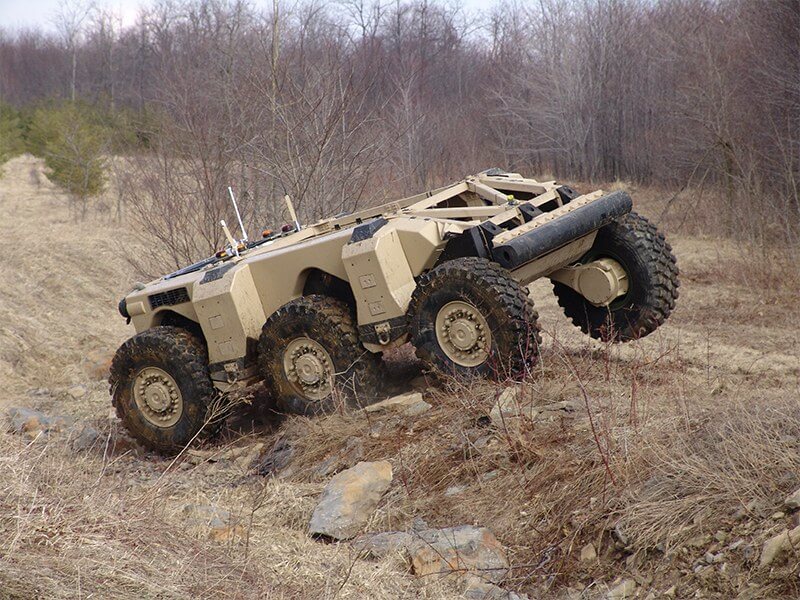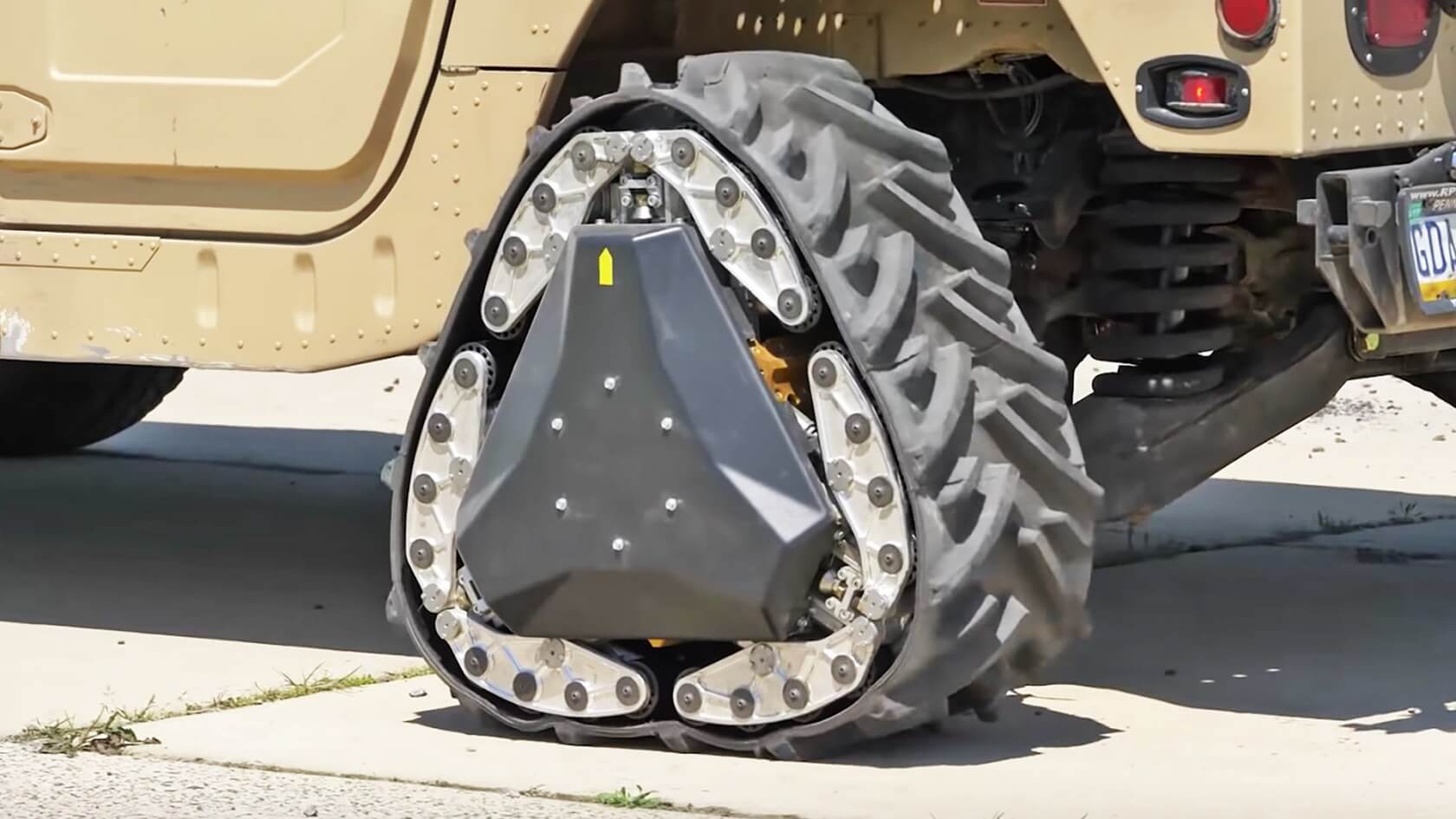Why it matters: The race for autonomous vehicles has had its share of bumps and setbacks. Whether it be difficulties in obtaining testing permits, or safety drivers not doing their jobs, the industry has a rough road ahead to becoming an accepted form of transportation.
However, the Defense Advanced Research Projects Agency (DARPA) has been working on similar technologies and has invested in some pretty incredible systems that can perform tasks that Uber or Tesla wouldn't dare.
Of course, it is worth mentioning that the government is not concerning itself with obeying traffic laws and pedestrian safety. DARPA's Ground X-Vehicle Technologies (GXV-T) program is more focused on mobility, survivability, safety, and effectiveness of military vehicles, and some of the tech is pretty insane.
One system coming out of GXV-T is a vehicle capable of driving itself along winding dirt roads at high speed. This system, called ORCA (Off-Road Crew Augmentation) was developed by Carnegie Mellon University's National Robotics Engineering Center and features an enclosed cockpit with displays that show the driver the optimal path to navigate any road. The driver can pilot the vehicle using path-finding cues from the system, although it is also capable of autonomous operation --- even off the beaten path --- using obstacle avoidance.
Raytheon and Honeywell International also had crew augmentation entries in the program.
Raytheon's RV uses LiDAR and video cameras to create a 3-D virtual representation of the vehicle and its surroundings. The crew was able to maneuver and park it with a high degree of precision while viewing the RV from multiple angles.
Honeywell has a windowless ATV with 360-degree awareness. A pilot can maneuver the small vehicle through obstacles using the multiple HD displays.
"The 3D near-to-eye goggles, optical head tracker, and wrap-around active window display screens provide real-time, high-resolution views outside the vehicle. This enhances characteristics such as terrain depth detection and reduces driver nausea."
The Honeywell entry would make for a great one-man armored scout vehicle.

Other technologies featured in DARPA's GXV-T demo included in-wheel motors to improve traction and acceleration, reconfigurable wheel tracks capable of transforming four regular rolling wheels into triangular tank-like treads for soft surfaces like sand, and an independent suspension system that can keep the cabin of the vehicle perfectly level over almost any uneven terrain.
All of the driving technologies were built for military purposes, but I can see some of the crew-augmentation tech being used in commercial applications. We'll have to see if any of these innovations bleed out into the passenger vehicle sector.
